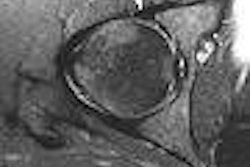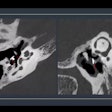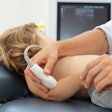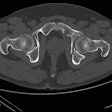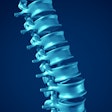Dear AuntMinnie Member,
Radiography has long been a front-line modality for the diagnosis of osteoarthritis. But it has some limitations that require the use of modified techniques in order to be most effective.
That's the conclusion of an article we're featuring this week as our Insider Exclusive in the Orthopedic Imaging Digital Community. In the article, arthritis imaging expert Dr. Jolanda Cibere, Ph.D., of the Arthritis Research Centre of Canada, University of British Columbia in Vancouver, offers her perspectives on effective arthritis imaging techniques.
Dr. Cibere discusses the radiographic features of osteoarthritis, and how practitioners can modify their techniques to get the most out of the modality. She also touches on the utility of MRI when x-ray isn't sensitive enough.
Radiography can play an important role in orthopedic imaging, particularly for ruling out conditions other than OA. But new clinical reporting systems are necessary for finding the most appropriate application for the technology, she said. Read all about it by clicking here.
In another recent article in the Community, U.K. researchers used quantitative CT to discover that patients with adult-onset growth hormone deficiency have no abnormalities of bone density and structure. That article is available by clicking here.
And another article finds that crowded emergency rooms can lead to delays in managing elderly patients with hip fractures. That story is available here.
Click on the links below for more orthopedic imaging news. If you have any ideas or suggestions for stories, please feel free to e-mail me at [email protected].






